Making Scents of it All: Intellectual Property Dilemmas in Olfactory Art and the Concerns of Olfactory Artists as Digital Olfaction ‘Stinks Up’ the Scene
Katerina Kalergios | April 5, 2024
Copyright and AI: Sufficiently Prepared to Define “Sufficiently Creative”?
Dave Schafer | March 26, 2024
Does Re-Recording Pose a Threat to Record Labels or the Music Rights Industry?
John Hetherington | March 11, 2024
Navigating the Storm: Chinese Antitrust Actions Against US Tech Titans
Jin Qin | March 4, 2024
Understanding Artifact Repatriation through the Lens of Intellectual Property
Emily Feigenbaum | February 26, 2024
What is the Place of Synthetic Data in US and EU Laws?
Boru Gollo | February 19, 2024
The End of the Writers’ Strike. The Beginning of a Better Future?
Eva Hong | February 12, 2024
Deepfakes Unleashed: From Social Media to the Courtroom
Lexi Yob | November 17, 2023
Does VARA Prevent a School from Covering a Pair of Murals Deemed Racially Offensive? Second Circuit Says No
Julia Gourary | November 15, 2023
Abitron v. Hetronic: U.S. Trademarks No Longer Protected Against Foreign Infringement
Benjamin Cohen | November 13, 2023
A New Challenge to Baseball’s Antitrust Exemption
Alec Born | November 10, 2023
Influencer Marketing and IP Rights: Navigating Collaborations and Endorsements
Nicole Jaiyesimi | November 9, 2023
At Least Our AI Overlords Won’t Get Copyright Protection
Judah Weinerman | November 7, 2023
Should the Right to Inter Partes Review be Waivable via Contract?
John Murphy | November 6, 2023
Moot Point: Have Fashion “Greenwashing” Suits Met Their End?
Staff Editor | October 31, 2023
An Interview with Michael Weinberg: Executive Director of the Engelberg Center
Tessa Ruff | October 24, 2023
Can you Own an eBook? A Summary of the Anti-Ownership eBook Economy Report
Anu Thomas | October 15, 2023
When You Make Up Markets, Everything Is a Monopoly
Peter Fay | April 17, 2023
The Importance of Legal Recognition of Mitragynine for its Effective Regulation
Jihang Wang | April 3, 2023
The Power of Exclusion: Madison Square Garden Uses Facial Recognition Technology to Ban the Owner’s Enemies
Eric Thompson Jr. | March 31, 2023
Unpacking the Metabirkins Case: Reaffirming the Application of Rogers v. Grimaldi
Indira Sahrawat | March 29, 2023
State Film Tax Incentives Draw Production to Pro-Life Jurisdictions
Clay Murphy | March 27, 2023
Simple Fun or Gambling? The Regulatory Debate around Loot Boxes in Video Games
David Vidal Kaufman | March 24, 2023
TV’s Renewed Obsession with Traumatic Brain Injuries (TBI): Restitution Opportunities for Athletes with TBI
Joe Salmaggi | March 22, 2023
You Wouldn’t Download a Car… But If You Did, What’s It Worth?
Adrian Chochorek | March 20, 2023
In the Video Game Industry, NFTs are a Joke
Adrian Chochorek | January 31, 2023
Miami’s Tech Boom Sets Lawyers at the Forefront of Innovation
Cole Kauffman | November 21, 2022
A New Path Forward in Art Restitution
Reizl Halikman | November 18, 2022
The Fifth Circuit vs. The First Amendment
Batya Kemper | November 16, 2022
Worries About the Propertization of Color
Jack Baum | November 14, 2022
The Spectacle of Entertainment Law: A New Courtroom Drama
Alexis Biegen | November 11, 2022
How an Art Collective’s Gimmicks Could Clarify the Boundary Between First Amendment Rights and Trademark Protections
Rachel Burns | November 9, 2022
The Art of Sampling and Copyright Infringement: How Do We Strike a Balance Between the Two?
Amelia Diaz | November 7, 2022
The Intellectual Property Implications of AI-Generated Images
Tanner Co | November 4, 2022
How Four Tet’s Lawsuit Against his Former Record Label Could Help Artists Escape Antiquated Streaming Royalty Provisions
Jack Groves | November 2, 2022
Phonorecords IV: Better Than Before, but Still Not Enough
Zachary Goodwin | October 31, 2022
How Does the Sale of Music Rights Change Copyright Litigation?
Jacob Kirschenbaum | April 15, 2022
Creating a Safer Harbor Under the DMCA
Alex Kaczmarek | April 13, 2022
Appropriation Art vs. Copyright Law: A Recent Setback for the Promotion of the Arts
Peter Fay | April 11, 2022
Decentralized Finance: The Big Picture
Kayla Hug | April 8, 2022
Data Privacy in the Metaverse: Real Questions for Unreal Worlds
Yujin Kim | April 6, 2022
Can “Mere Ornamentation” Blow Up Product Configuration?
Justin Lee | April 4, 2022
Fashion in the Metaverse
Amy Kaplan | April 1, 2022
Failing to Deliver: How Recent New York Legislation Aimed at the Food Delivery Market Misses the Mark
Molly Collett | March 30, 2022
NFTs In Sports Industry May Expose “Minty” Fresh Cracks in the IP Legal Landscape
Hanna Balcha | March 29, 2022
Patenting Psychedelic Drugs
Aryeh Helfgott | March 24, 2022
Recent Developments in the Restitution of Nazi-Looted Art
Caroline Henebry | March 23, 2022
How NFTs Could Change the Music Industry – For Better or Worse
Lindsay Harris | March 22, 2022
Nintendo’s Actions Demonstrate Our Intellectual Property Laws are Broken
Luciano Hamel | March 21, 2022
Metaverse: Fashion Trademark Battles to Watch
Ana Leticia Allevato | March 16, 2022
The Unofficial Bridgerton Musical: The easy permission model of Netflix should be the future for fan-created works
EJ Benjamin | March 14, 2022
The Ongoing Gold Rush in Music Catalog Sales
Aaron Lichtschein | March 11, 2022
Taking the Mona Lisa Effect from Illusion to Reality: Enhancing the Museum Experience with Augmented and Virtual Reality
Sally Kang | March 9, 2022
To Stream or Not to Stream: Litigation Concerning Box Office Releases Moved to Streaming
Elizabeth Pott | March 7, 2022
Short Musings on Tensions between Trademark Law and the Luxury Fashion Market
Cheng-Hau Kee | December 15, 2021
NFL Franchise Controversies
Staff Editor | December 3, 2021
